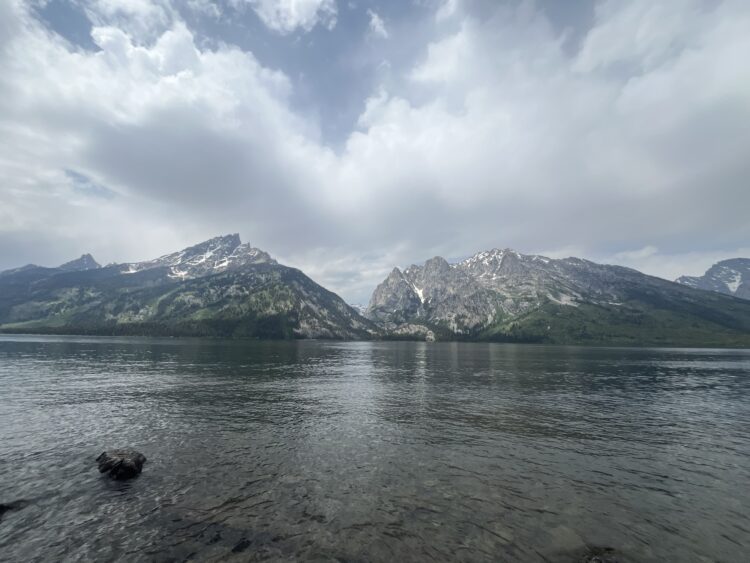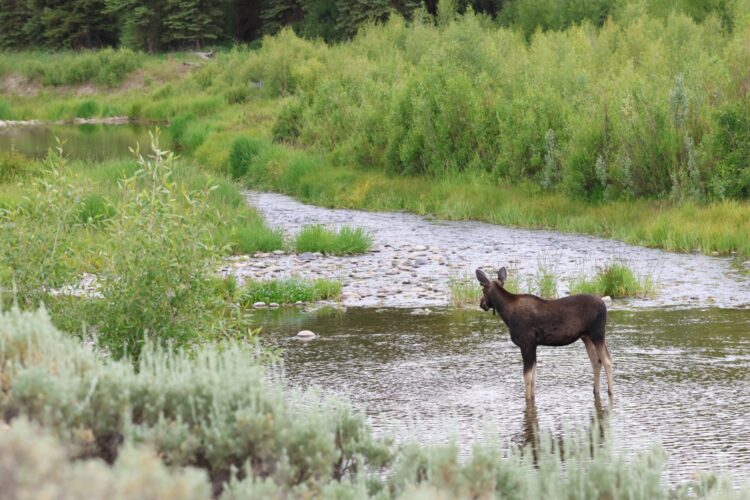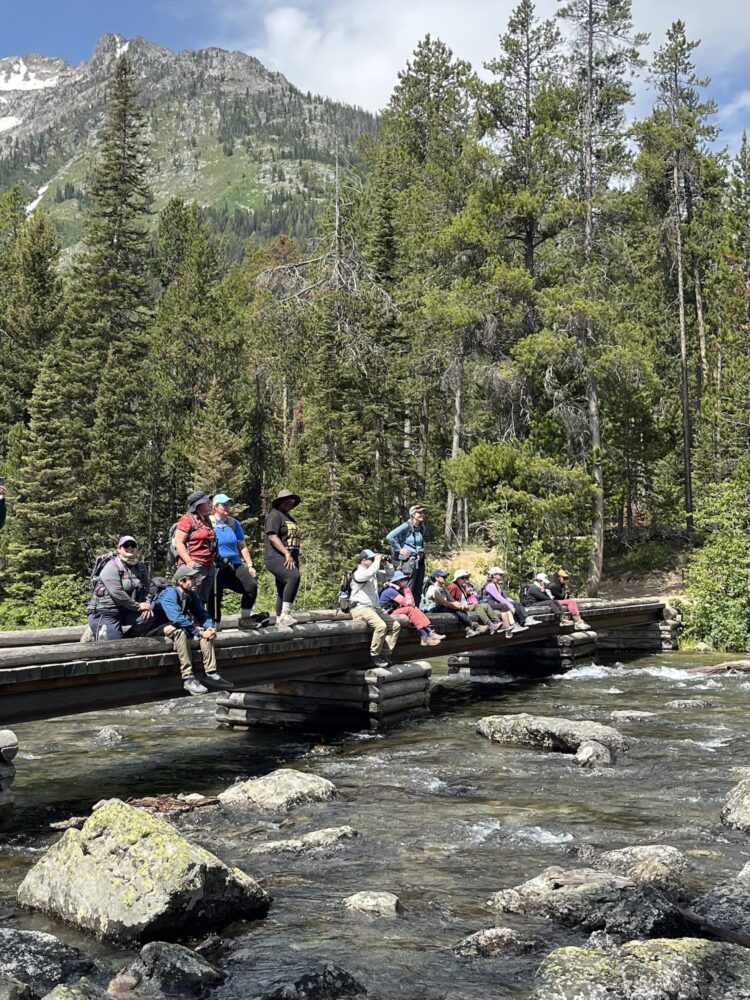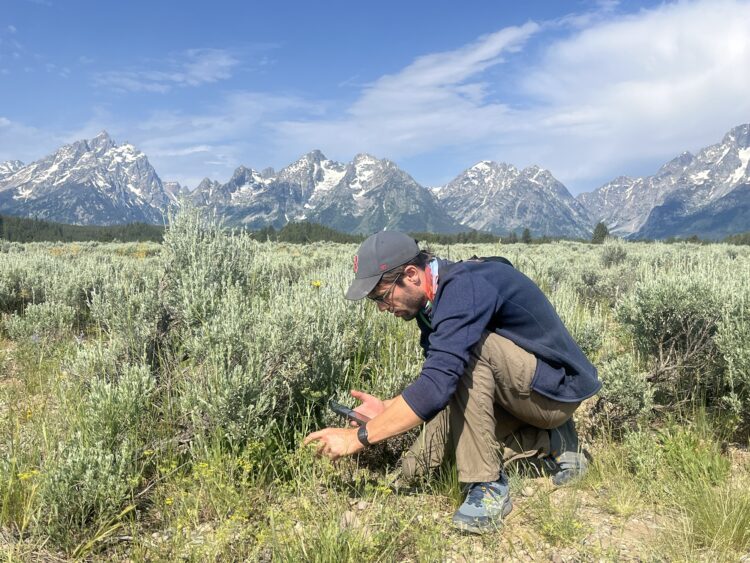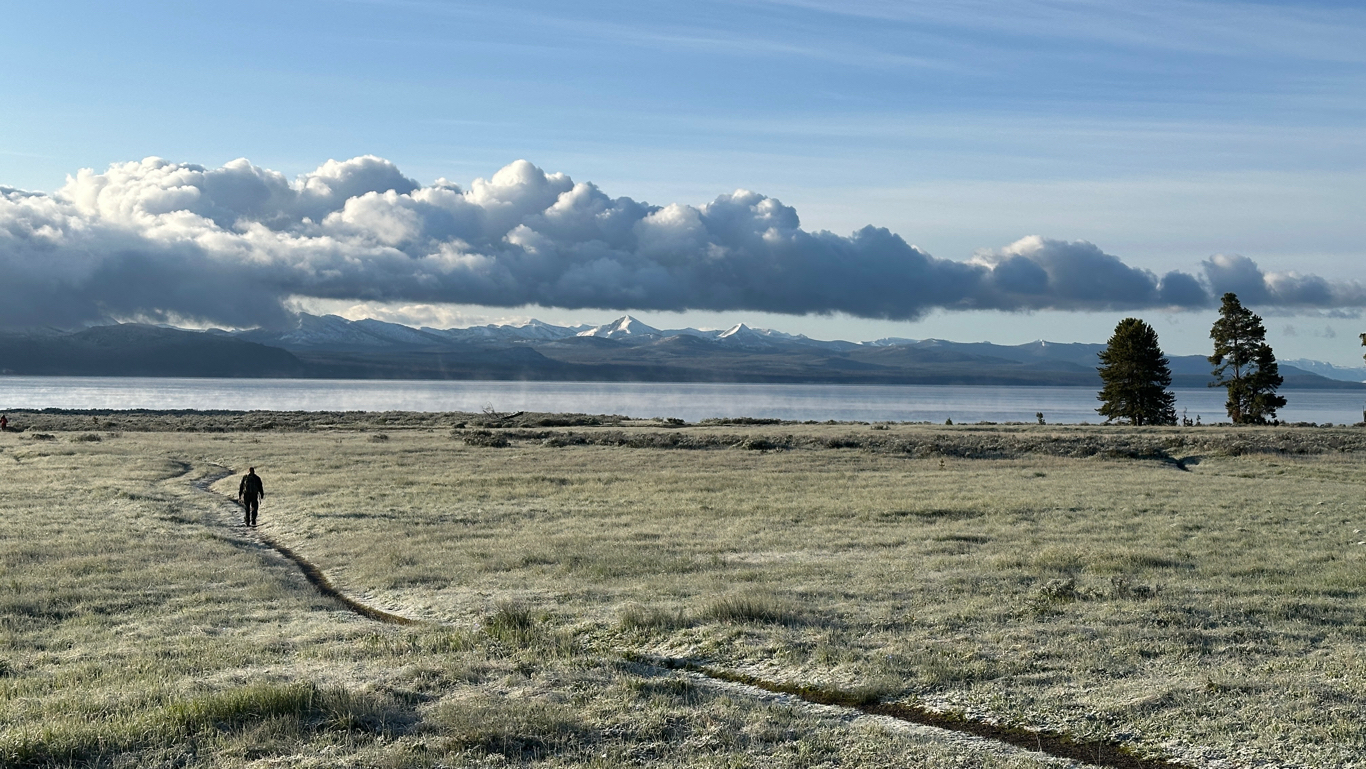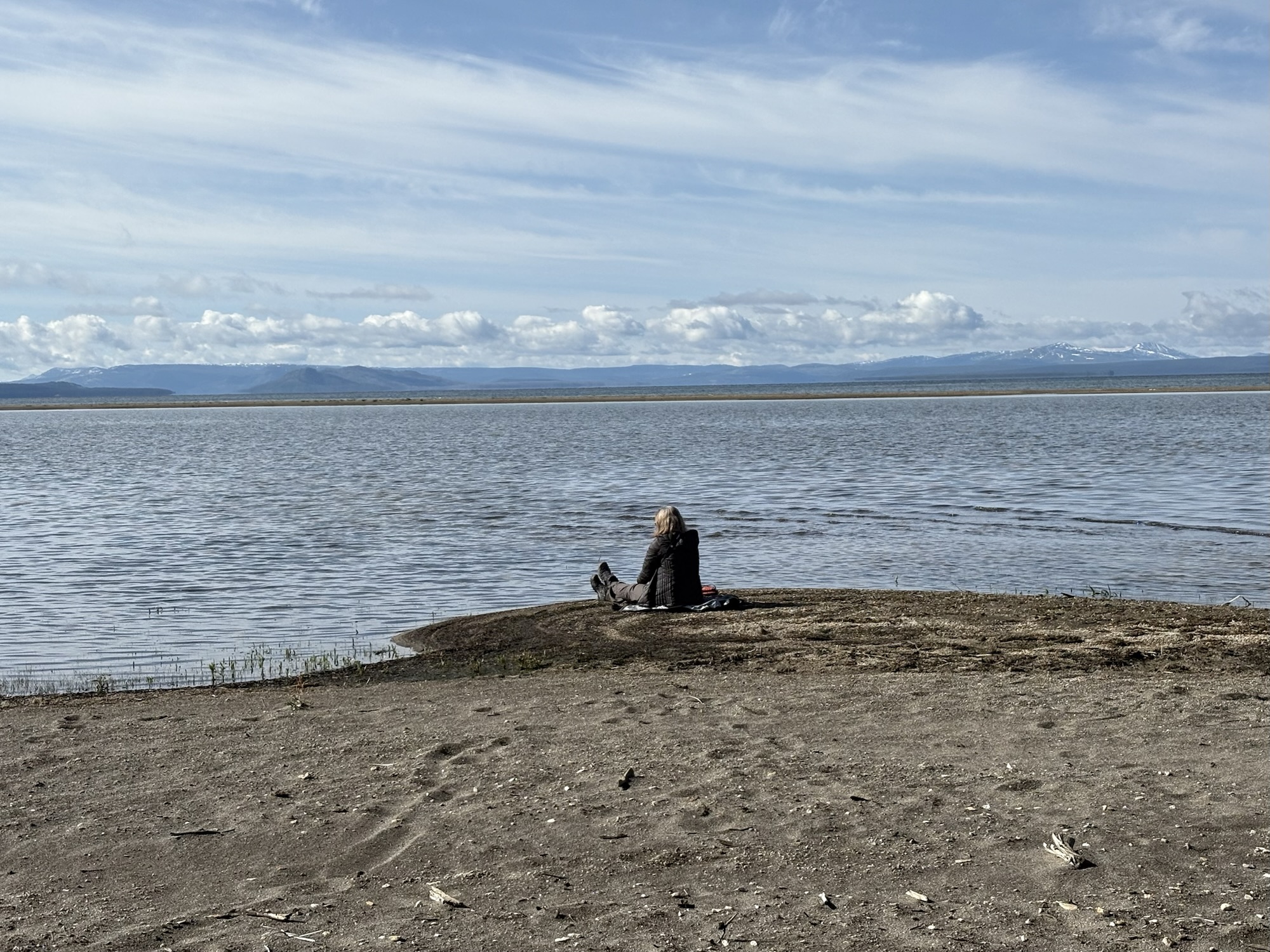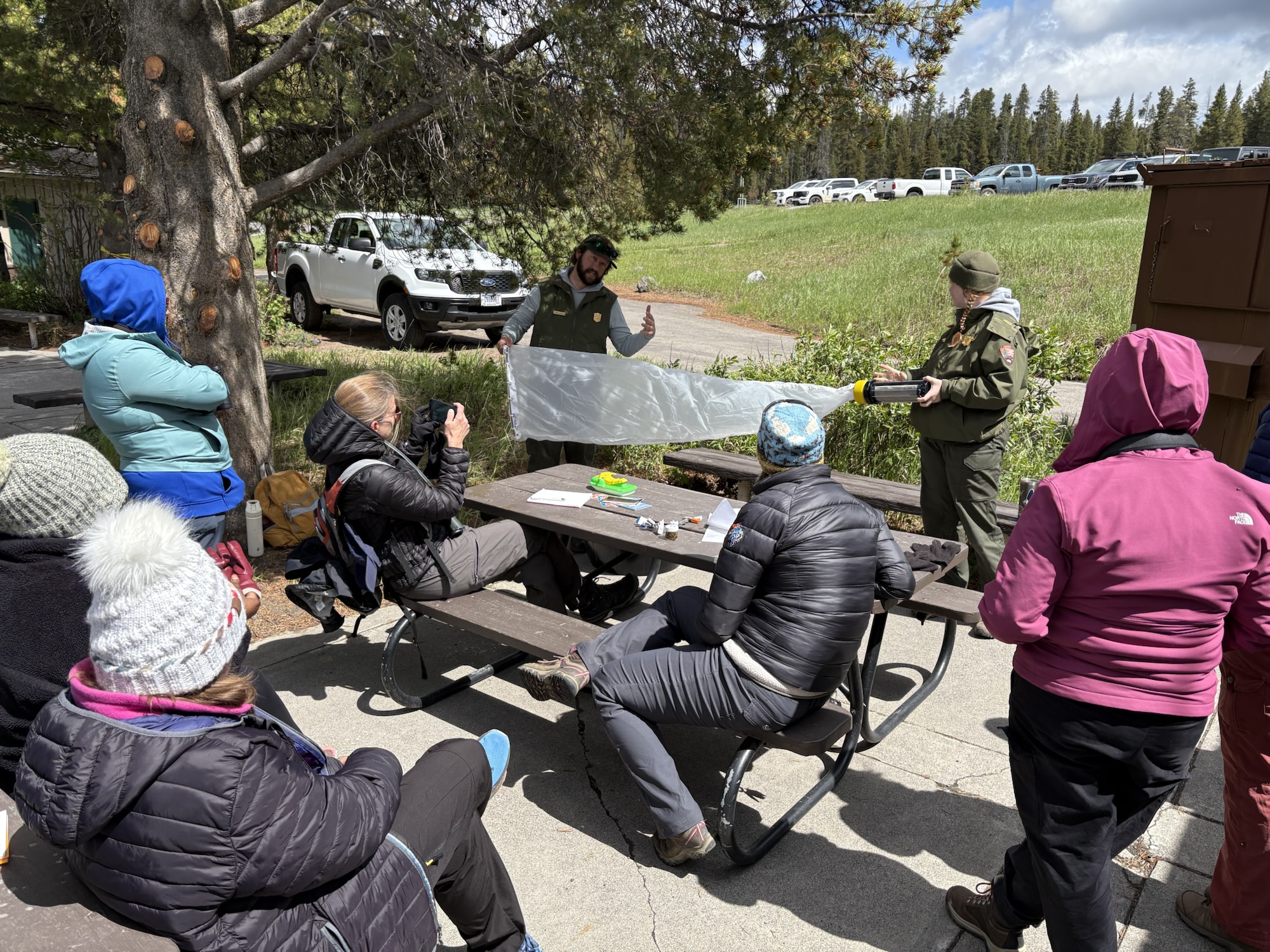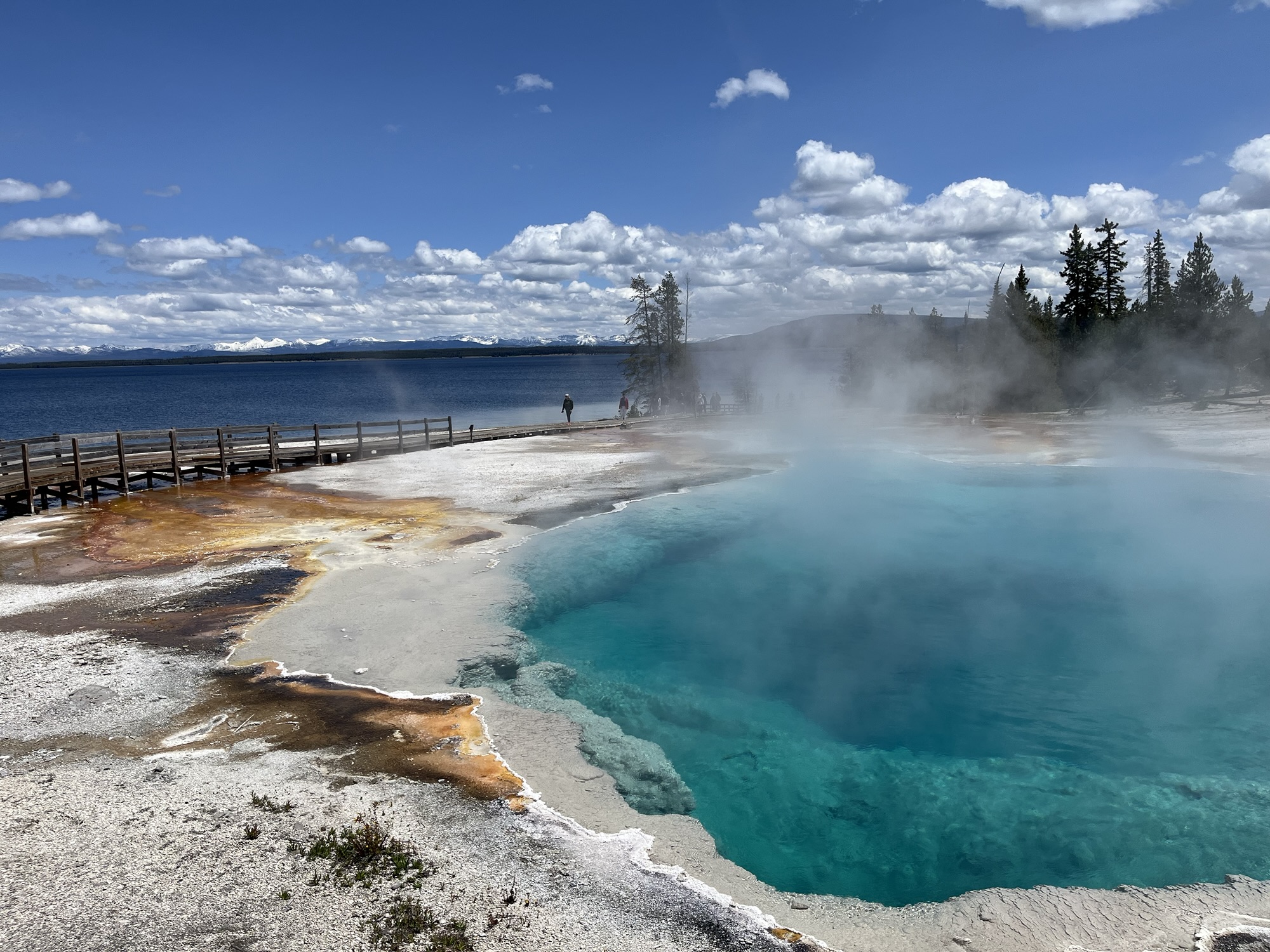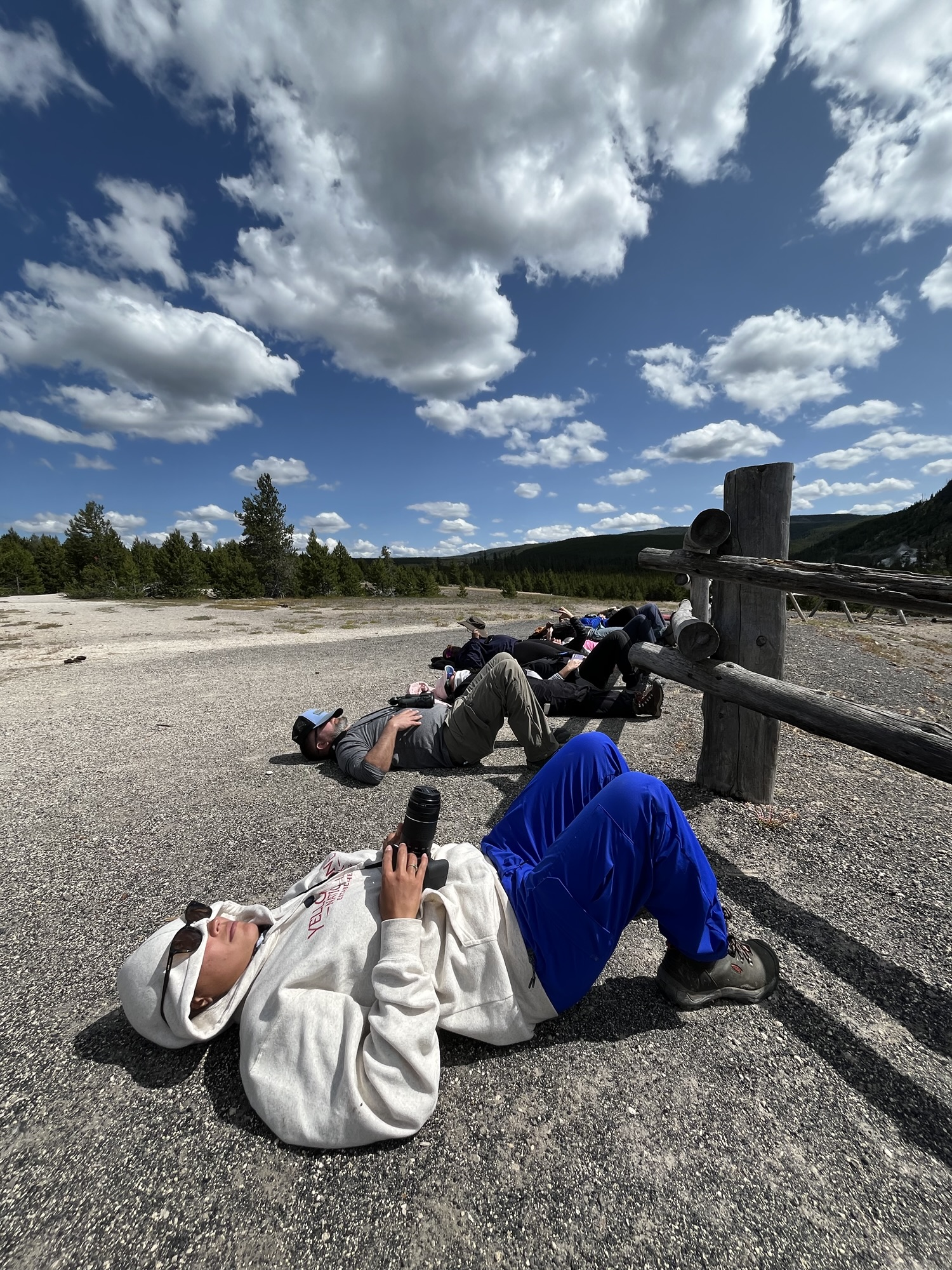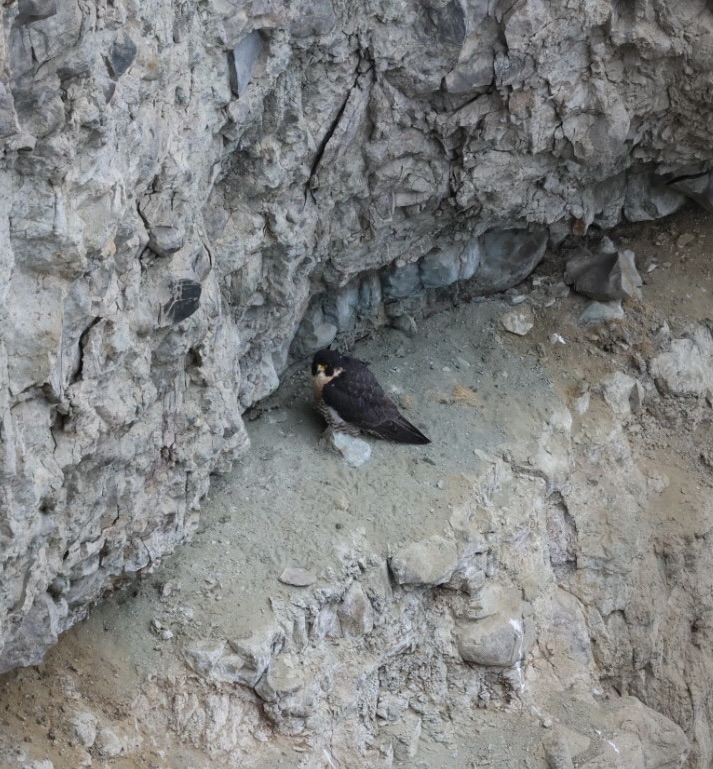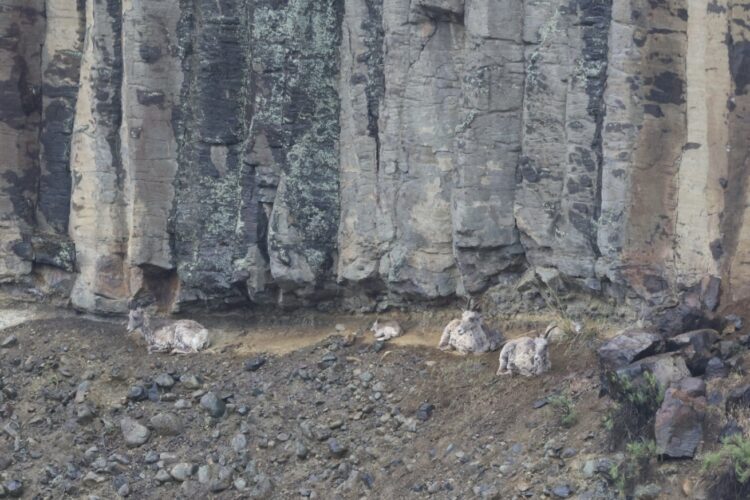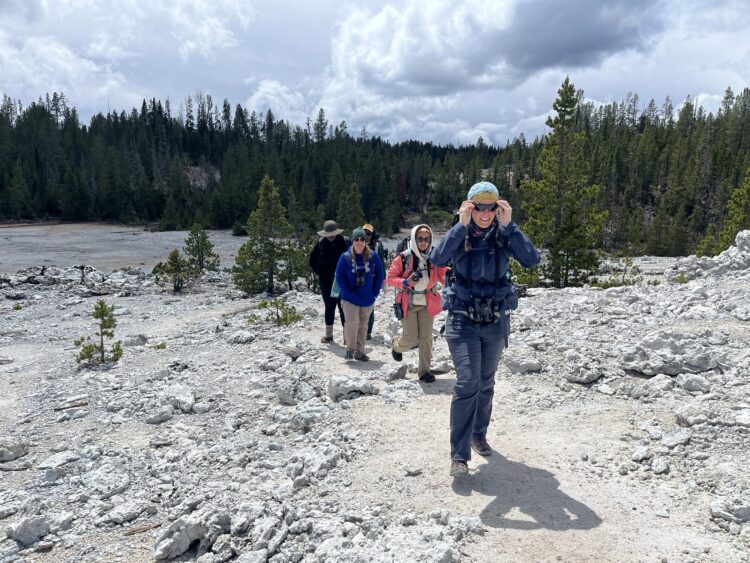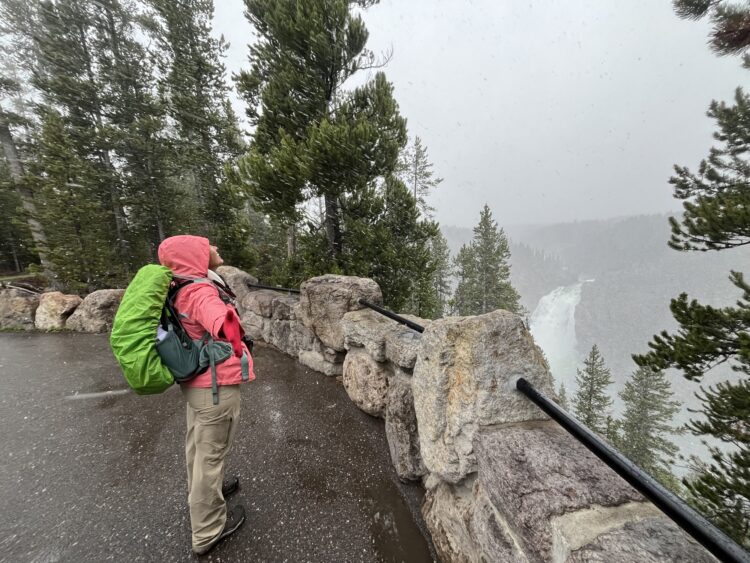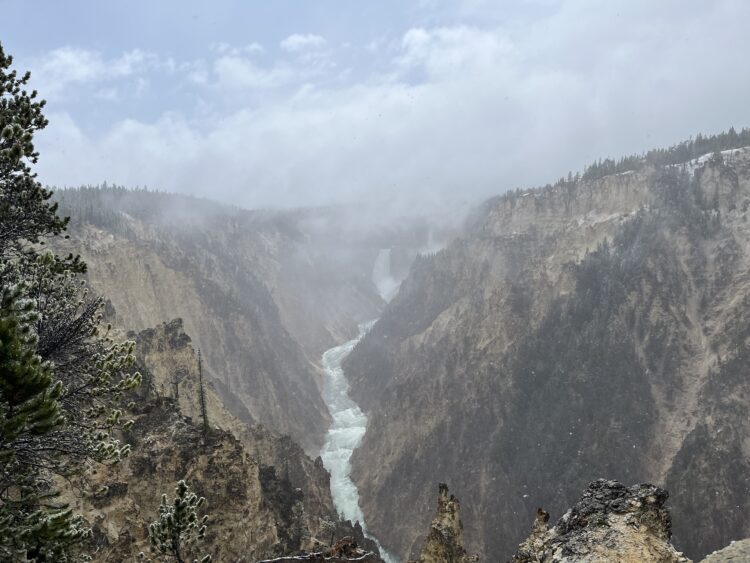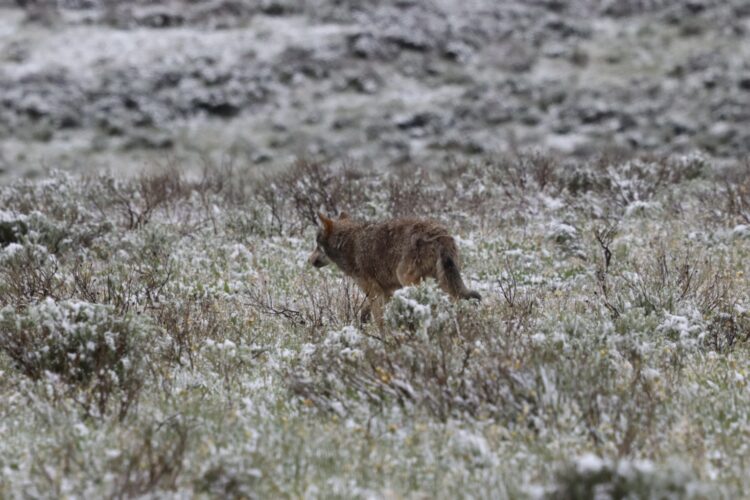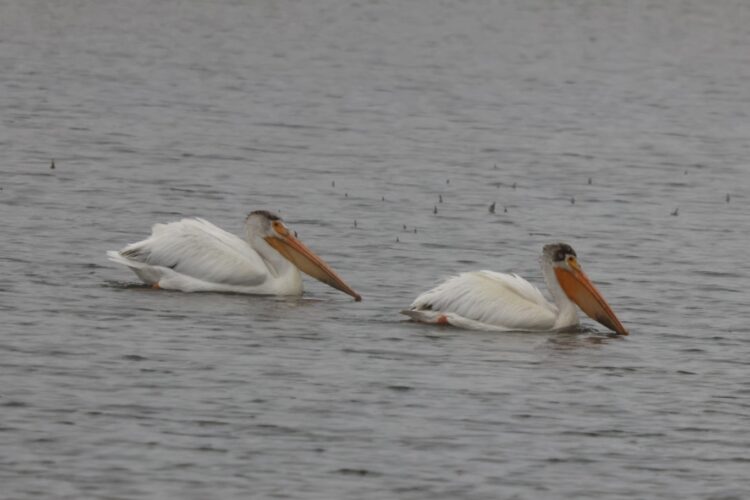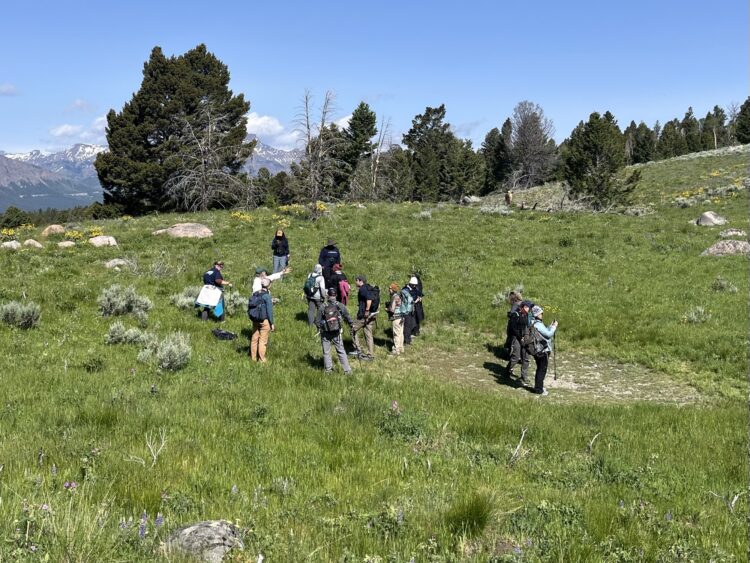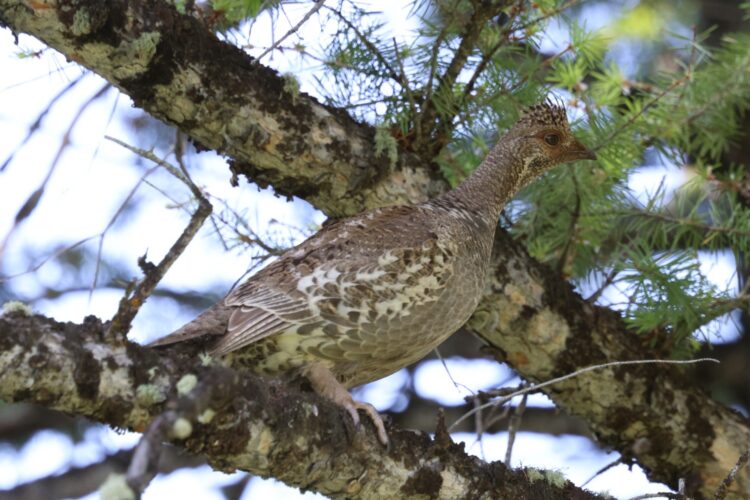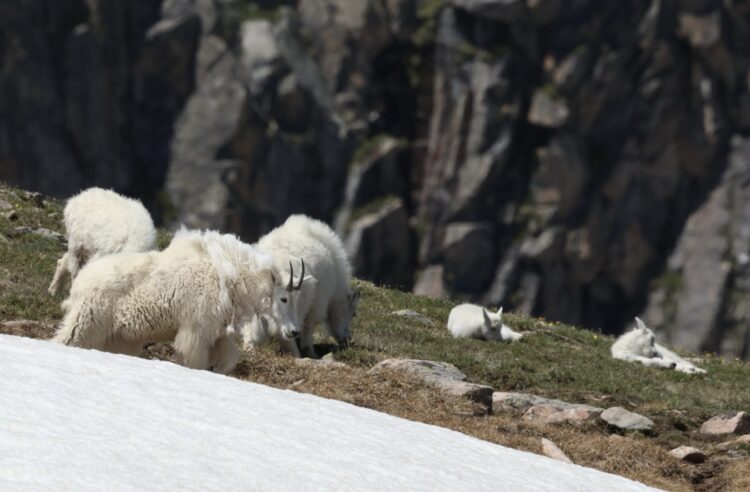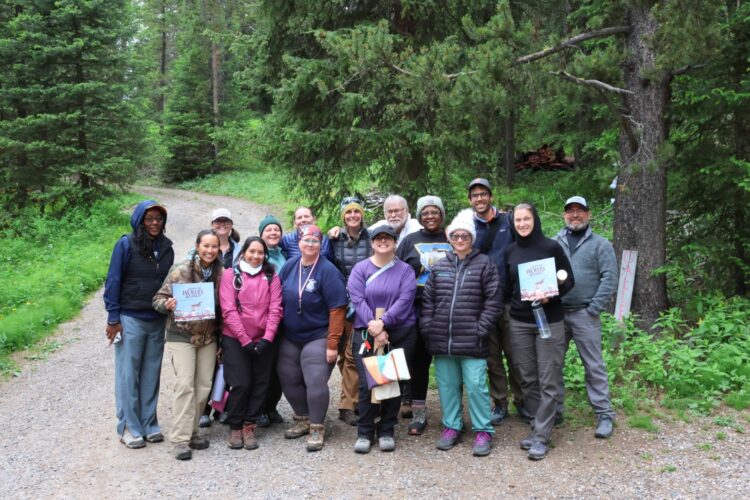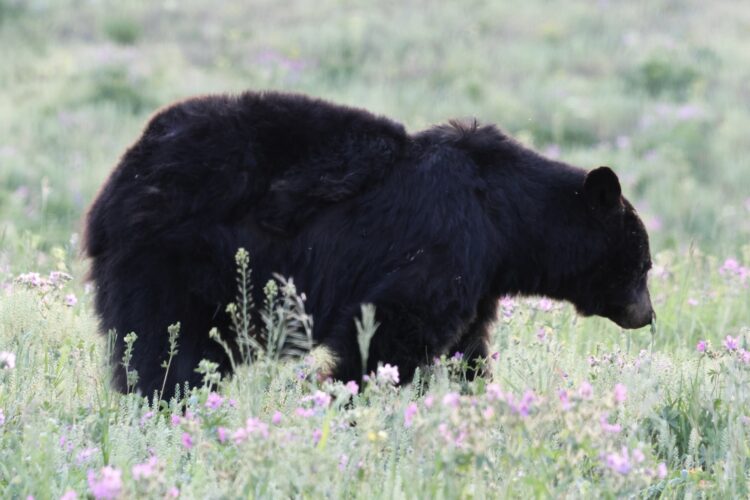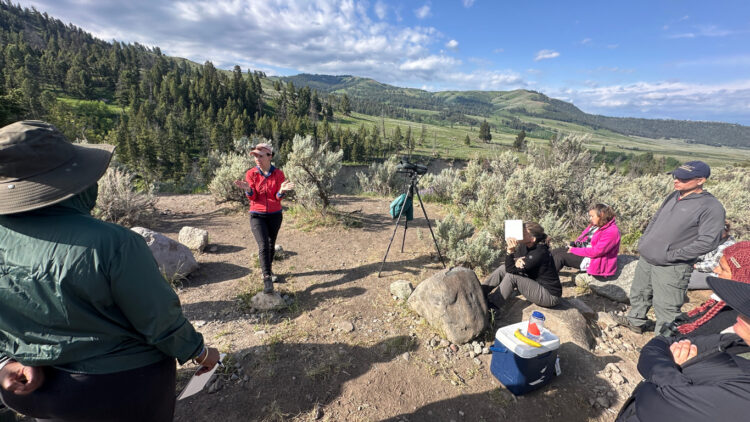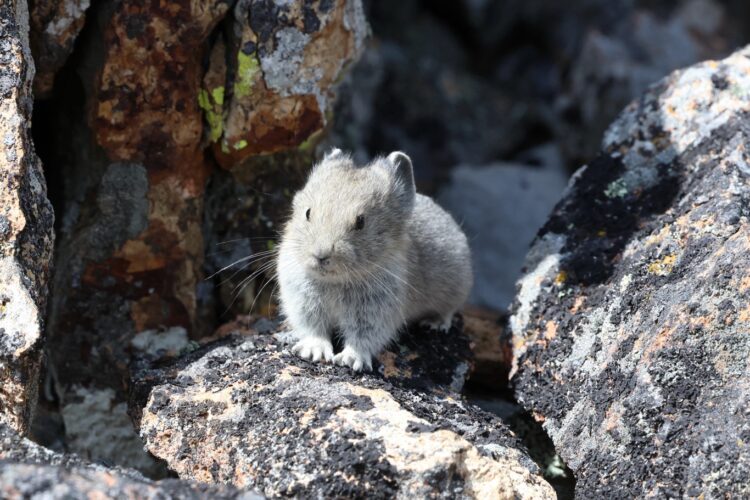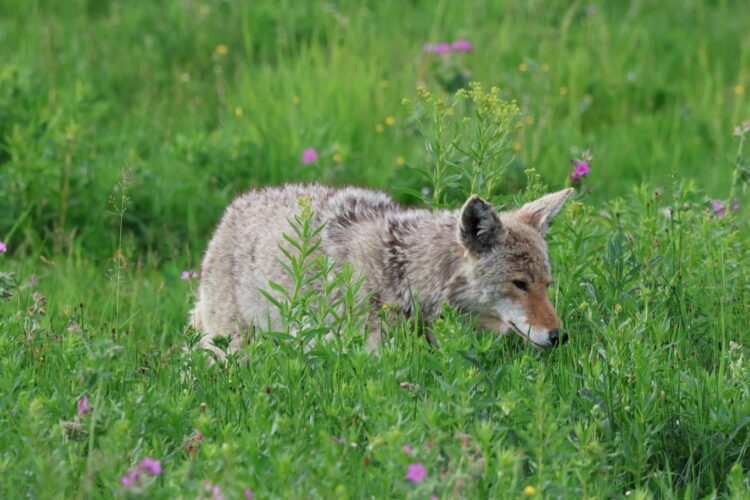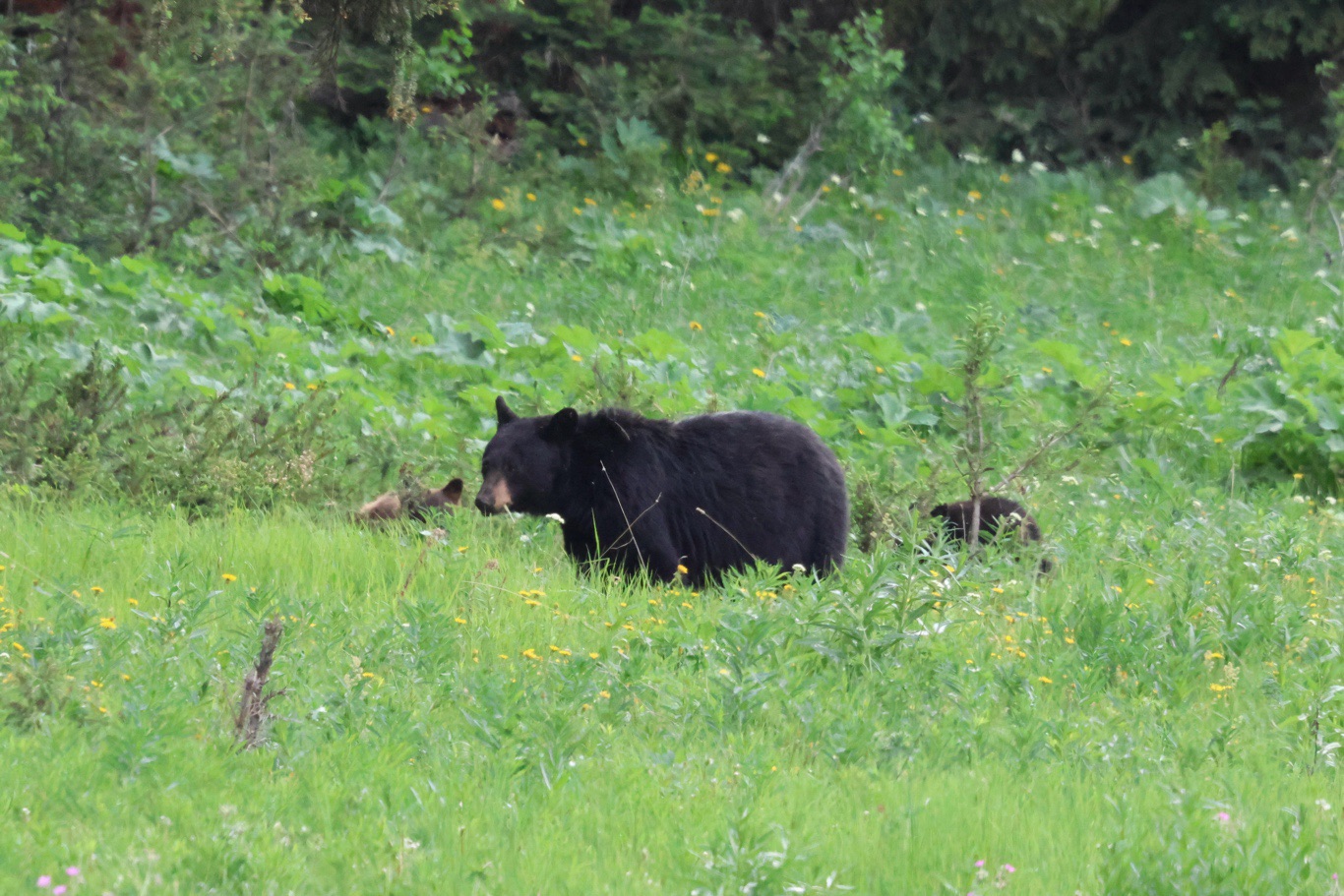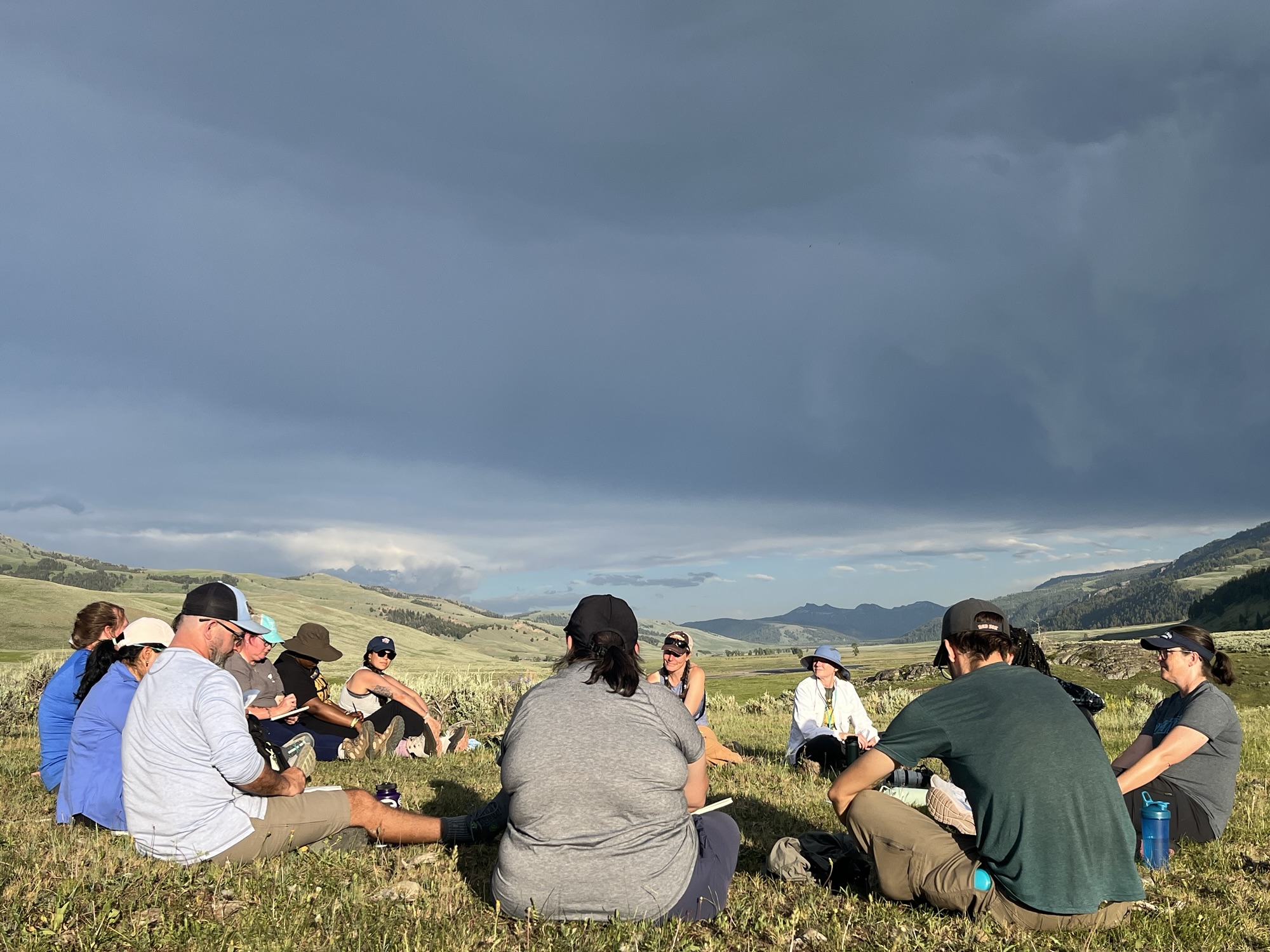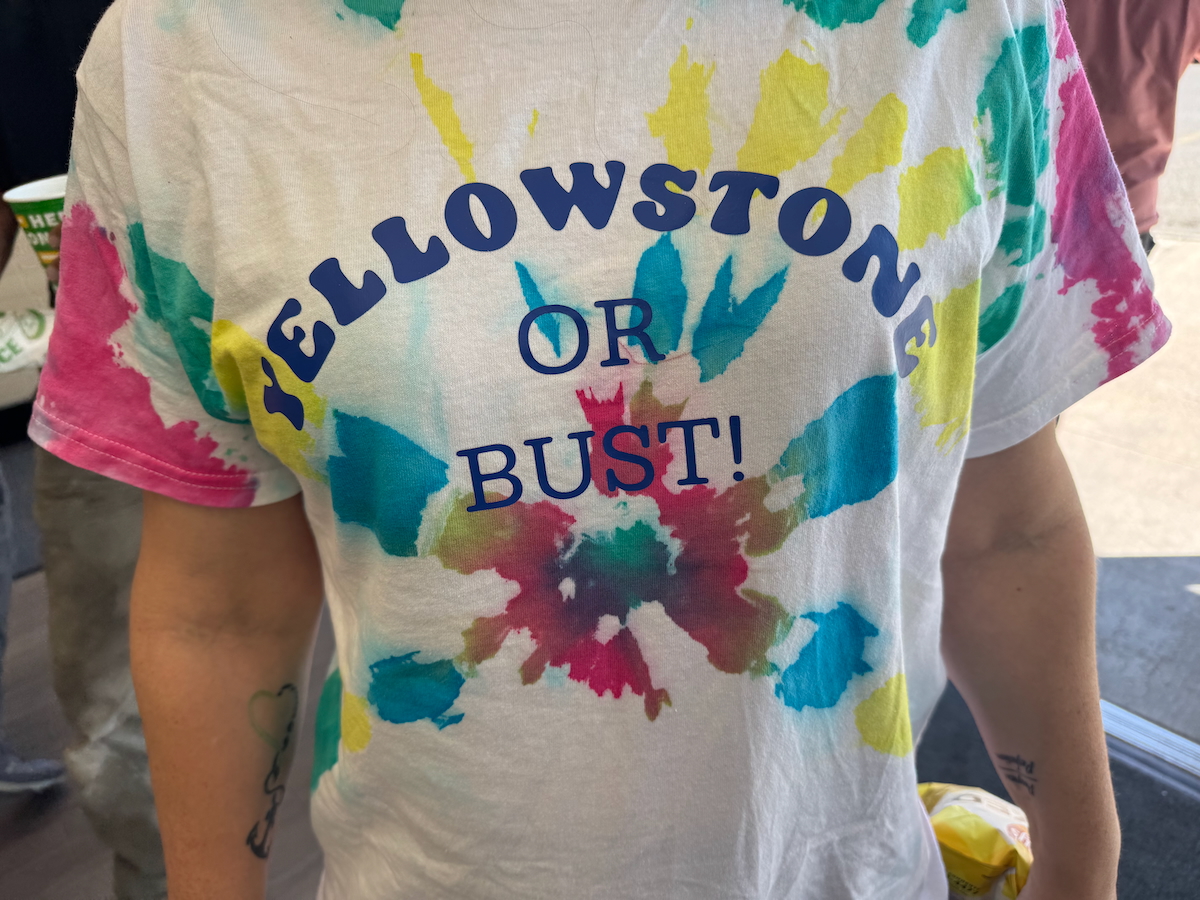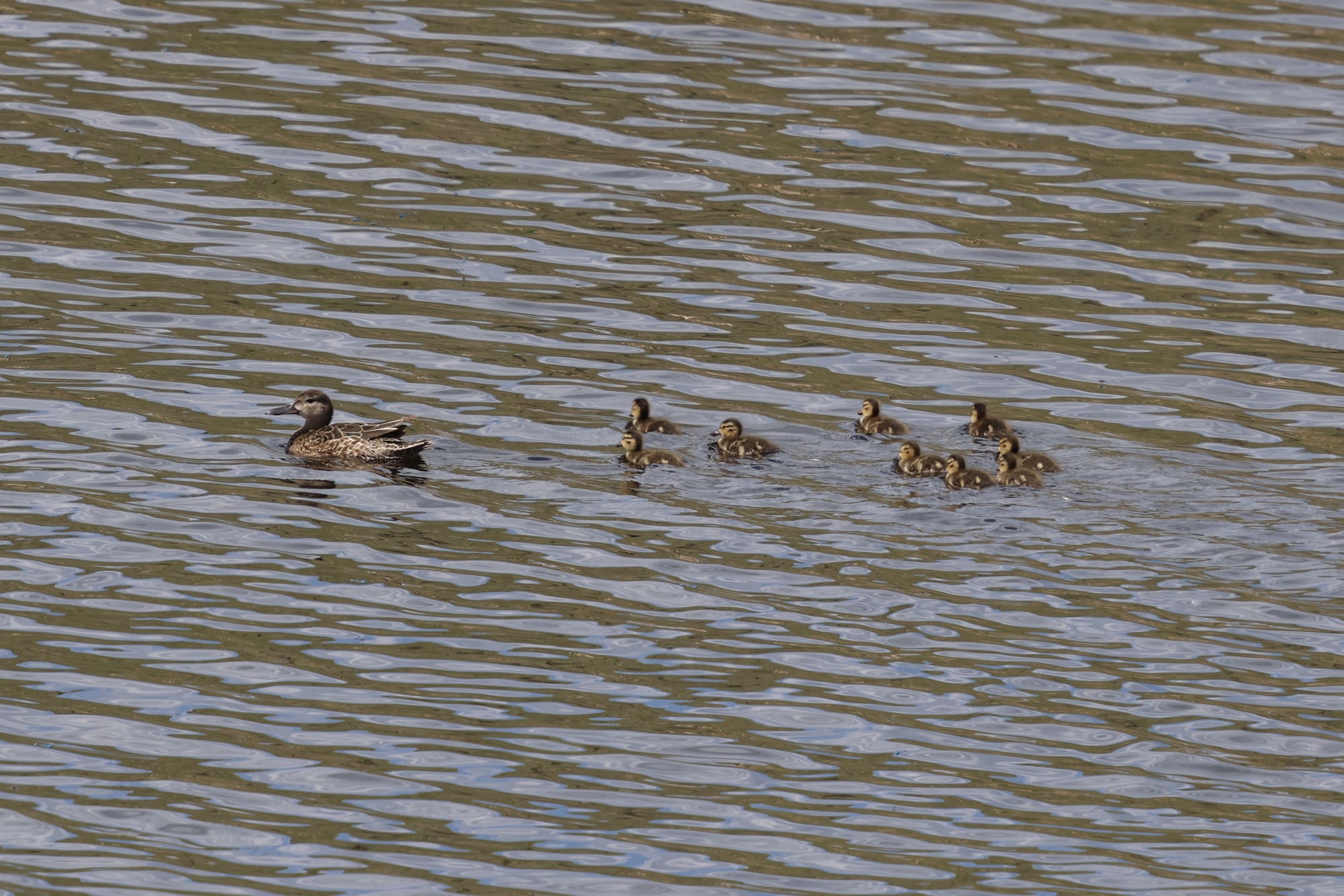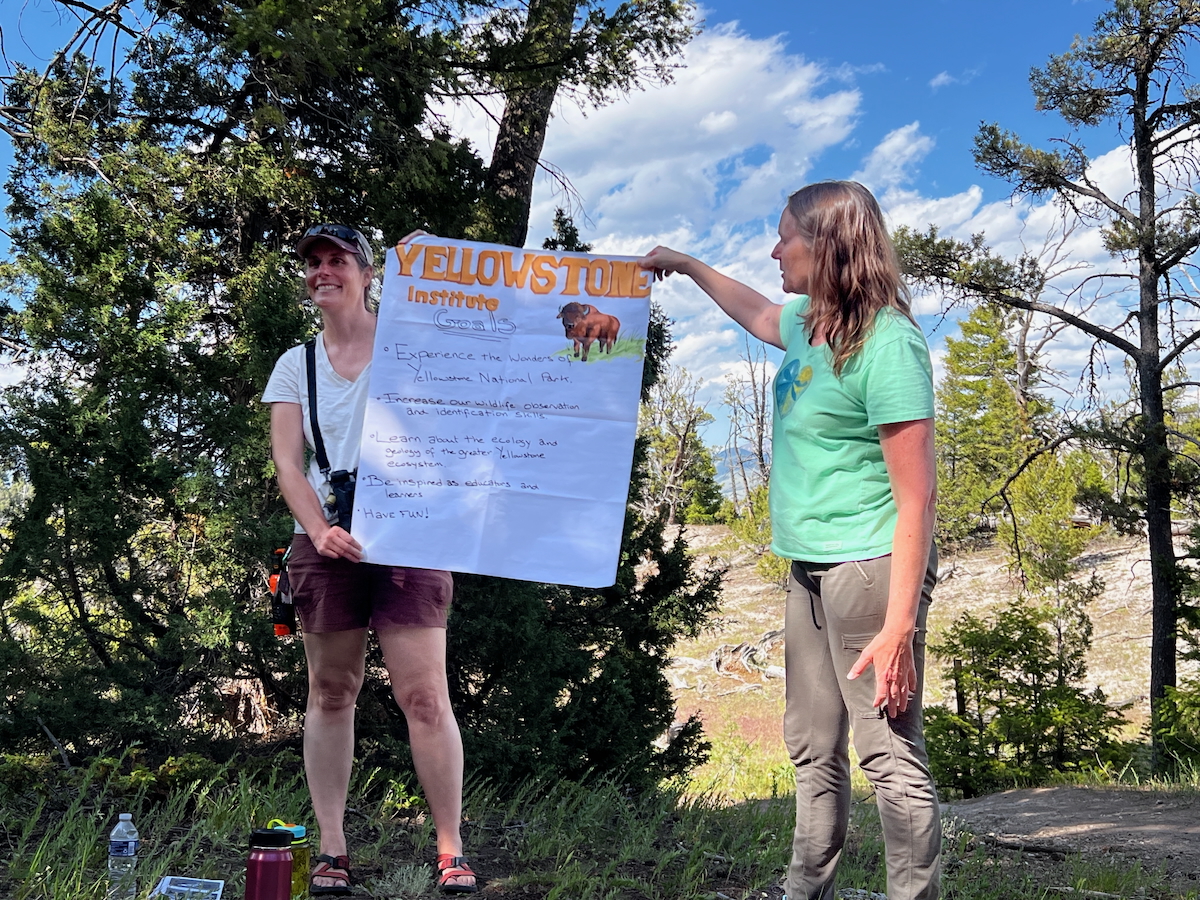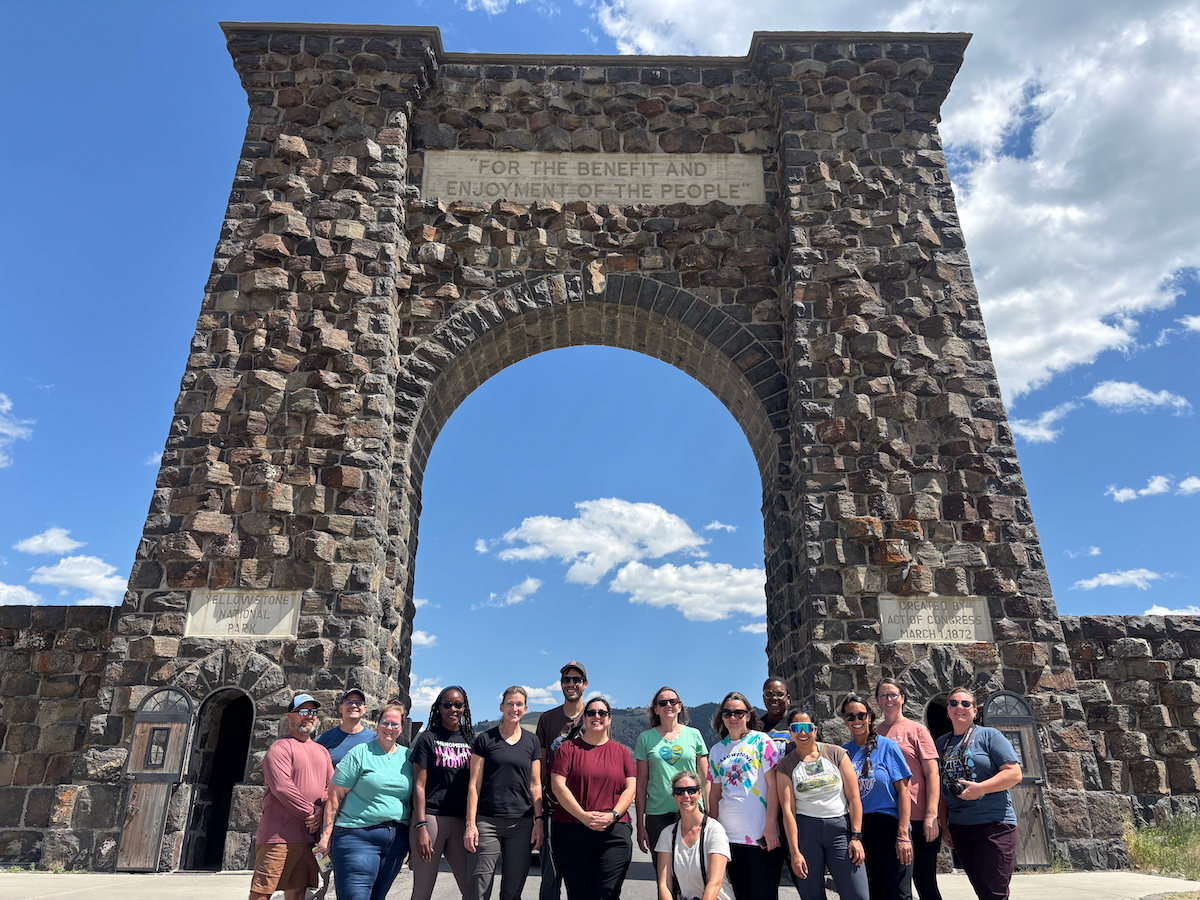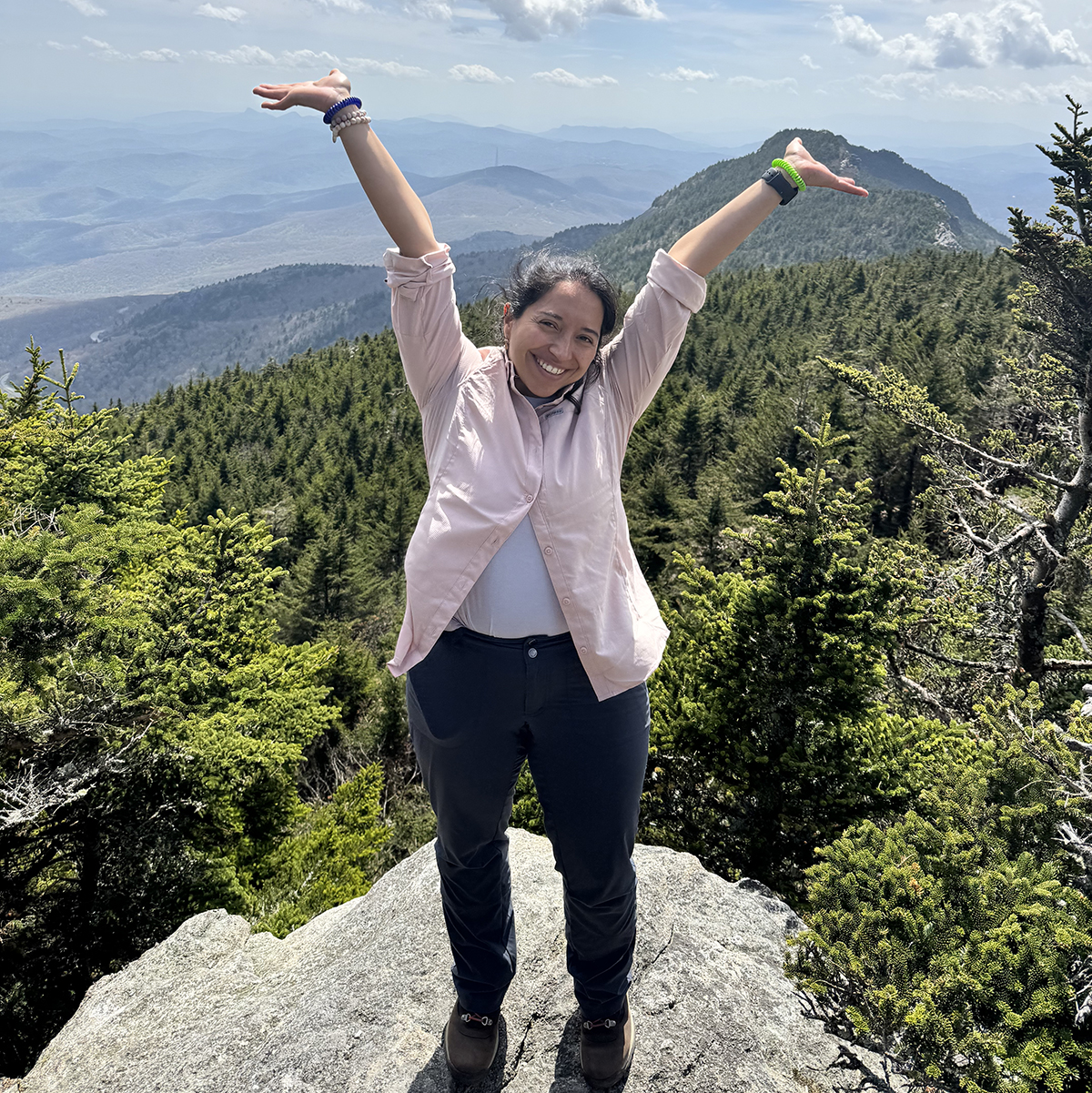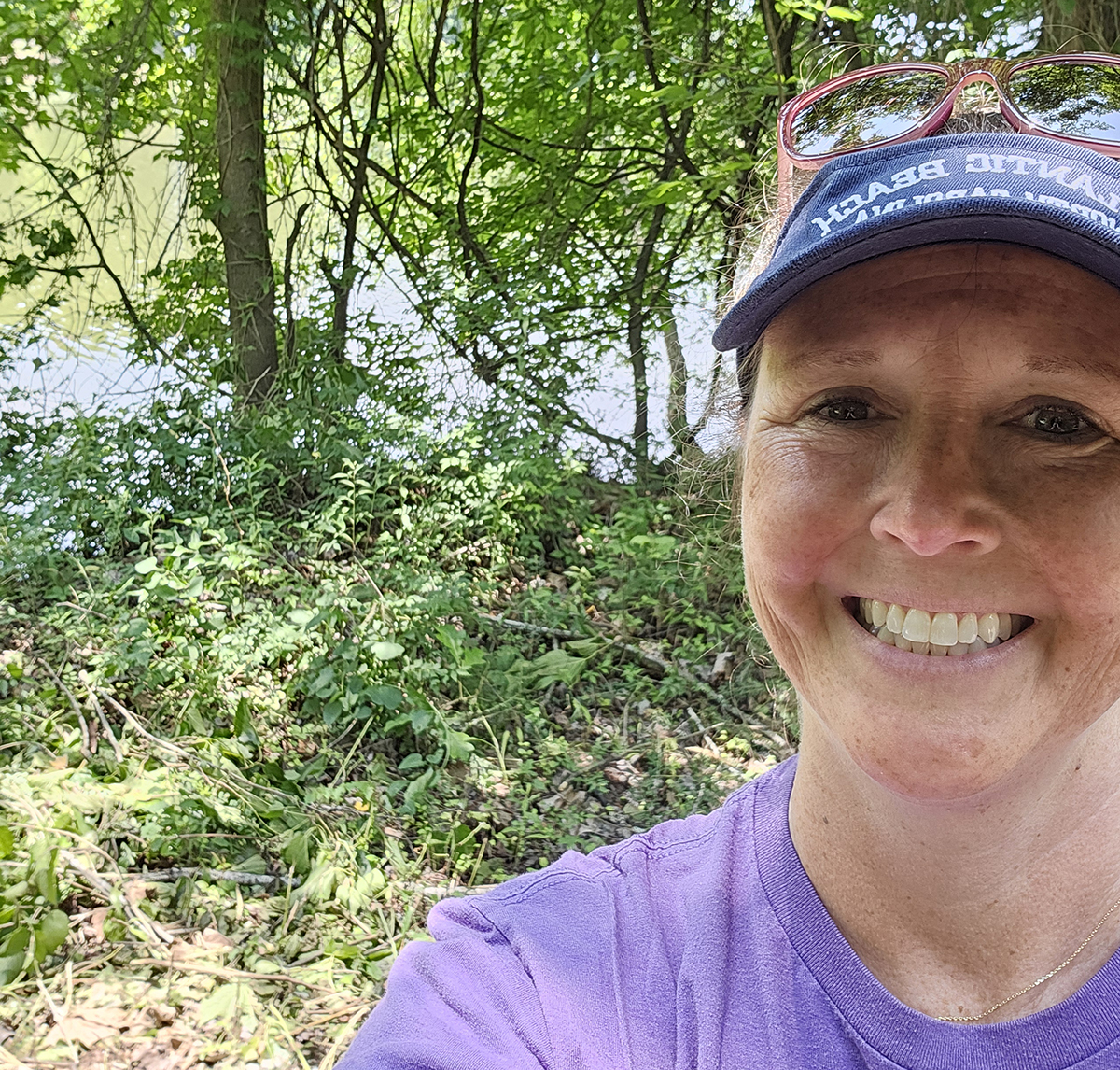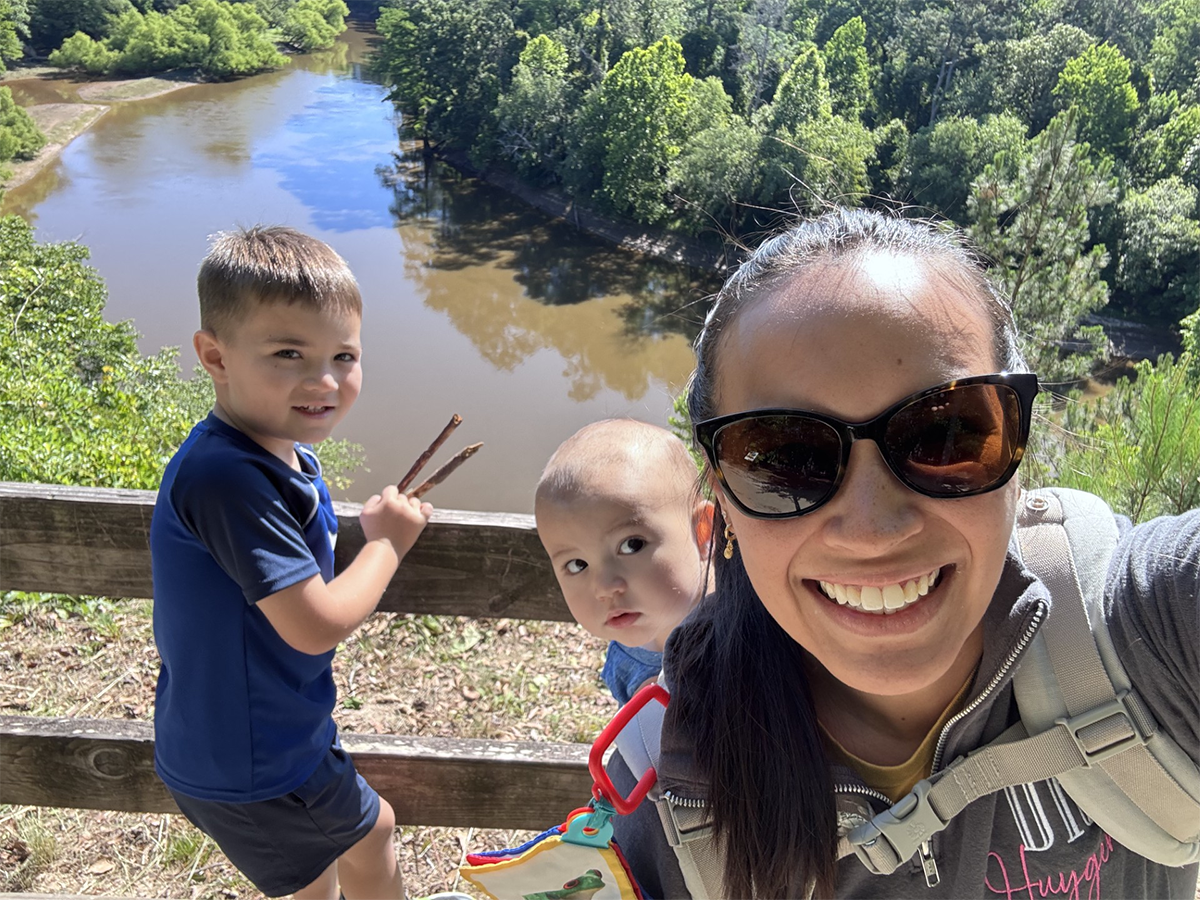“Lessons From The Geyser Gazers”
June 26, 2025 - Comments Off on Lessons From The Geyser Gazers
Our last day in Yellowstone began with a stroll through the Upper Geyser Basin. While walking the boardwalk, we had an opportunity to reflect on all the things we had seen and done. We recalled the calm and intentional bison, moving at a pace that made sense to them, the quirky pika that made their home in the talus slope, and the white pelicans moving and working in harmony to catch their prey.
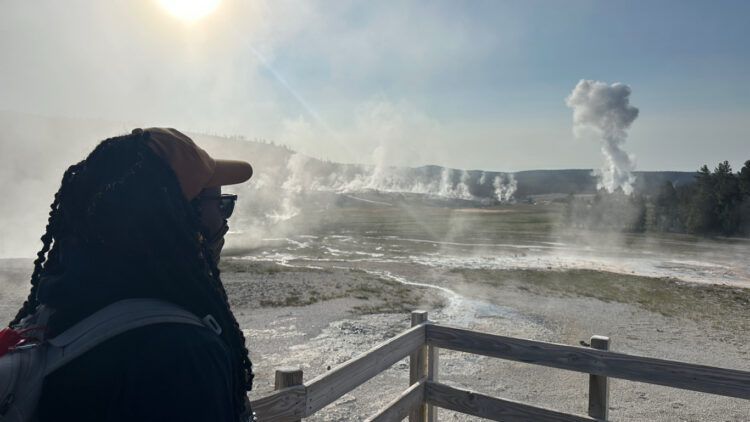
We eventually came across a few Geyser Gazers who were observing Beehive, a geyser that boasts an impressive 200-foot eruption. It was clear that the gazers had an immense love and reverence for the park. Their enthusiasm was contagious, and eventually everyone in our group was just as excited as they were!!! The highlight of the eruption was a double-rainbow that appeared during the display. Our group instantly realized why the Geyser Gazers do what they do!
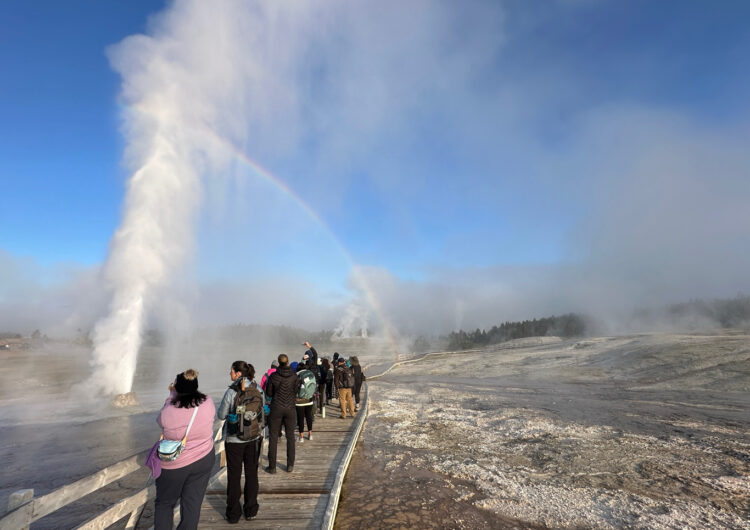
Our interaction with the Geyser Gazers today yielded a few lessons for the group. Firstly, good things come to those who wait. The Geyser Gazers had to wait patiently for hours, but the final result was definitely worth it! Secondly, seek out like-minded individuals when pursuing your passion! It was clear that the Geyser Gazers had found their tribe, and that made their pursuit all the more enjoyable.
After interacting with the Geyser Gazers, we feel that it is only right to issue a challenge to our readers: take time in the upcoming weeks to connect with your passion and seek out a support system to help you reach your goal! Sending love and light from Yellowstone!!

